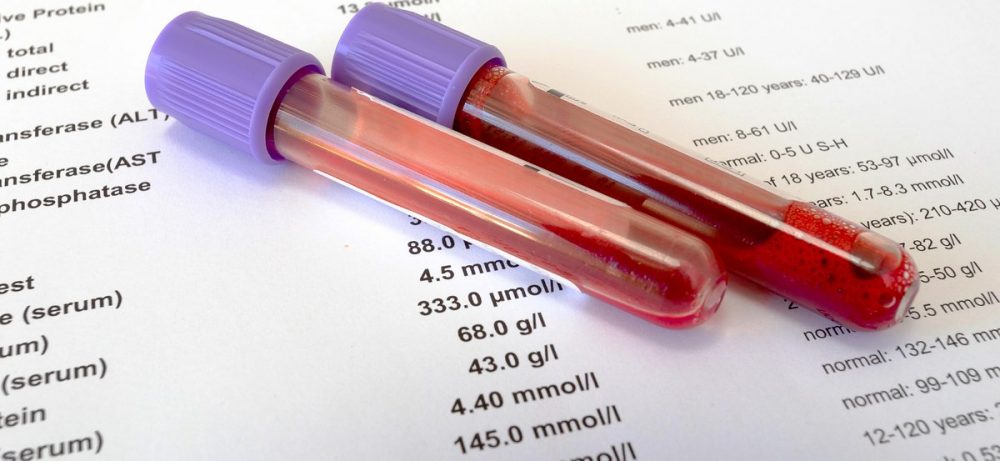Testing for growth hormone deficiency (GHD) typically involves a combination of clinical evaluations, laboratory tests, and imaging studies to assess growth hormone production and rule out other conditions. Here are the primary tests and diagnostic methods commonly used:

Growth hormone deficiency tests
Growth Hormone Stimulation Tests
- Purpose: These tests measure how much growth hormone the body can produce in response to stimuli, as GH levels naturally fluctuate and are generally low during the day.
- Procedure: A patient is given specific agents that stimulate GH release, such as insulin, arginine, clonidine, or glucagon. Blood samples are then taken at intervals over a few hours to measure GH levels.
- Interpretation: Low GH levels in response to stimulation indicate possible GHD. However, this test can sometimes give false negatives or positives, so it’s interpreted alongside other findings. Growth hormone deficiency test.
IGF-1 (Insulin-Like Growth Factor-1) Test
- Purpose: IGF-1 levels are more stable throughout the day and can provide indirect information about GH production, as GH stimulates IGF-1 production in the liver.
- Procedure: A blood sample is taken to measure IGF-1 concentration.
- Interpretation: Low IGF-1 levels may indicate GHD, but low levels can also be caused by other factors, like poor nutrition or chronic illness, so additional tests are often required. Growth hormone deficiency test.
IGFBP-3 (Insulin-Like Growth Factor Binding Protein-3) Test
- Purpose: IGFBP-3, another protein influenced by GH, is sometimes measured along with IGF-1 to give more context to GH activity.
- Procedure: Blood samples are analyzed for IGFBP-3 levels.
- Interpretation: Low IGFBP-3, along with low IGF-1, may support a diagnosis of GHD, especially in younger children. Growth hormone deficiency test.
Provocative GH Testing Using Exercise
- Purpose: Exercise can naturally stimulate GH production, making it a less invasive option than pharmacological stimulation tests.
- Procedure: The child performs a set period of aerobic exercise, after which GH levels are measured.
- Interpretation: Insufficient GH production after exercise may indicate GHD, but this test is typically used in conjunction with others due to variability in GH response.
Bone Age Assessment (X-Ray)
- Purpose: An X-ray of the hand and wrist is used to assess bone age, which can indicate how growth is progressing compared to chronological age.
- Procedure: A simple X-ray of the left hand is taken to examine the development of bones and growth plates.
- Interpretation: Delayed bone age (bones appear younger than the child’s actual age) is common in children with GHD, indicating a lag in growth. However, other factors can also cause delayed bone age. Growth hormone deficiency test.
Magnetic Resonance Imaging (MRI) of the Brain
- Purpose: MRI imaging is used to identify structural abnormalities in the hypothalamus or pituitary gland, which could explain reduced GH production.
- Procedure: A brain MRI with focus on the pituitary region is conducted.
- Interpretation: Findings like a pituitary tumor, underdeveloped pituitary, or other abnormalities can confirm the cause of GHD or exclude other conditions.
Thyroid Function Tests
- Purpose: Since thyroid disorders can mimic GHD symptoms, thyroid function tests are often done to rule out hypothyroidism.
- Procedure: Blood samples are taken to measure thyroid hormones like TSH, T4, and T3.
- Interpretation: If thyroid hormone levels are abnormal, thyroid disease might be the primary issue rather than GHD.
Blood Sugar and Other Metabolic Tests
- Purpose: Low blood sugar and metabolic imbalances can sometimes point toward underlying endocrine issues that affect GH levels.
- Procedure: Fasting blood sugar levels and other metabolic markers are measured.
- Interpretation: Abnormalities in glucose regulation, cholesterol levels, or other metabolic markers might support further testing for pituitary function. Growth hormone deficiency tests.

Diagnostic Process and Considerations
- Multiple Tests for Accuracy: GHD diagnosis requires multiple types of tests since GH secretion is pulsatile and can vary throughout the day.
- Repeat Testing: Children who are borderline for GHD might be retested as they age, especially if growth continues to lag significantly.
- Endocrinologist Consultation: A pediatric endocrinologist typically interprets results, as GHD diagnosis is complex and requires consideration of growth patterns, family history, and test outcomes.
A combination of these tests, along with clinical observations, helps doctors confirm a diagnosis of growth hormone deficiency and determine an appropriate treatment plan. Growth hormone deficiency tests are important if you notice any symptoms in your body or child. Buy somatropin online to treat growth hormone deficiency in children.

Pingback: Why growth hormone deficiency occur - somatropin store 191